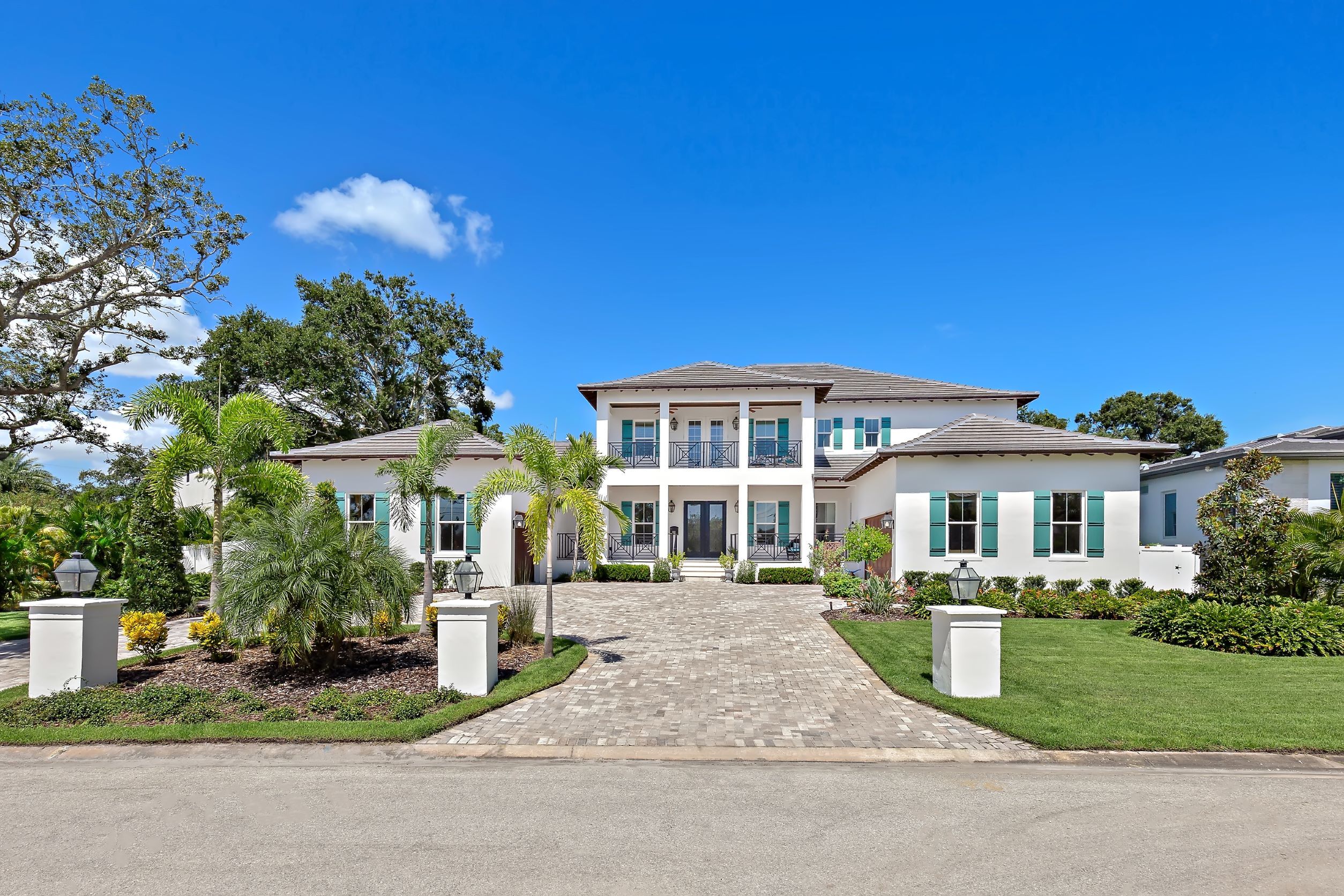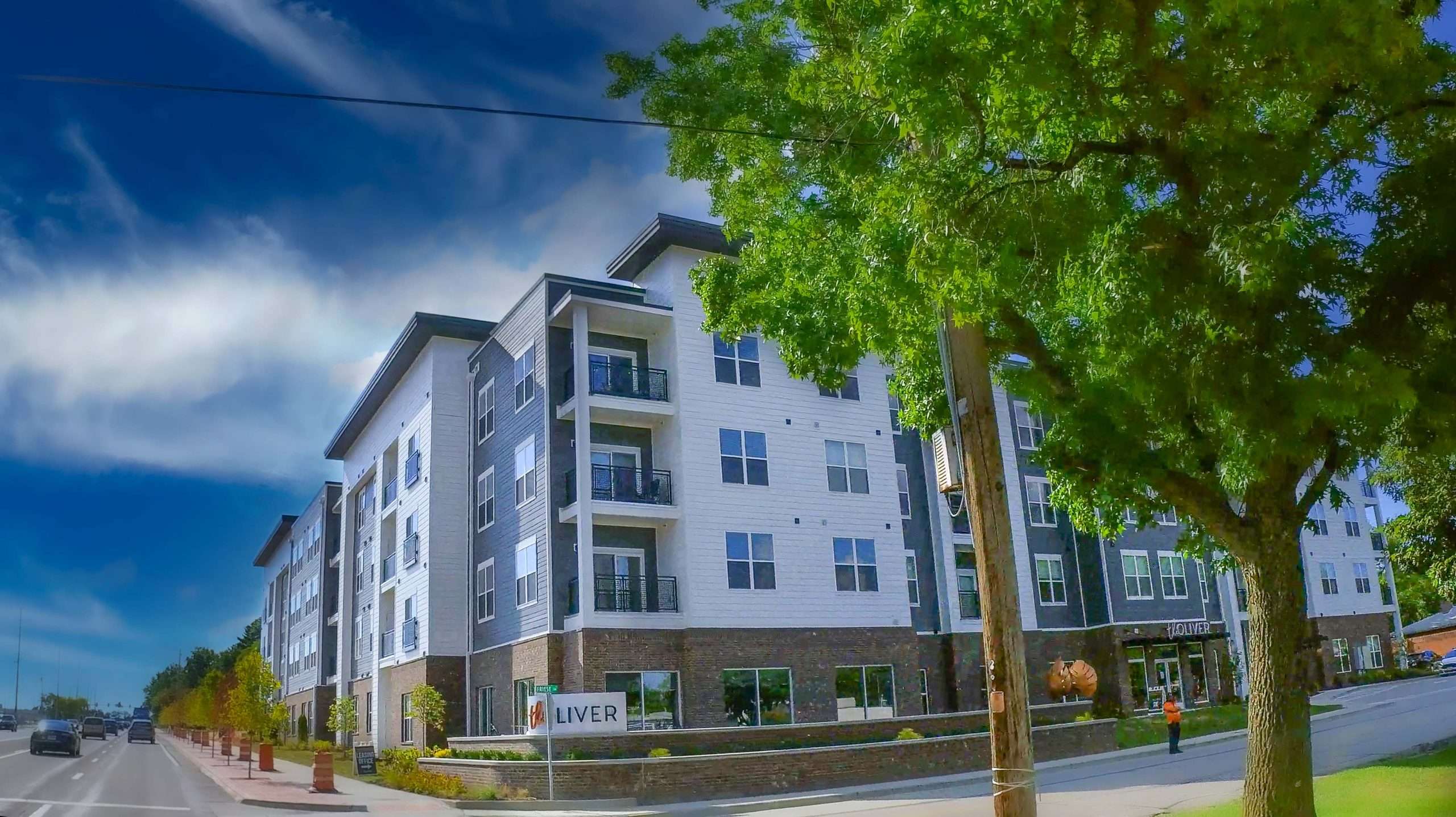The state of Florida is well known for its beautiful beaches, warm weather, and abundance of housing and lifestyle options. However, the housing market and costs in Florida can vary quite significantly depending on the specific city or region. This article provides an overview and comparison of housing costs in Miami versus other major Florida cities projected for the year 2024 based on current trends. Special attention is given to metrics like median home value, median rent, inventory levels, and forecasted growth over the next two years.
Miami Housing Market
Let's begin with a look at the current state of the Miami housing market and projections for 2024. Miami is Florida's most populous metropolitan area and remains one of the priciest housing markets in the state. As of early 2022, the median home value in the Miami metro area was estimated at $470,000 according to Zillow data. This already represents a 22% increase over the previous year's median home value.

With ongoing population growth and limited new housing construction relative to demand, analysts project Miami home values will continue climbing significantly through 2024. Projections have the Miami metro area's median home value increasing to as high as $550,000 by late 2024. This would translate to nearly a 17% increase over just a two year period.
Rents in the Miami area have also been surging upwards. The median rent in Miami was around $2,400 per month as of early 2022. Rent growth in Miami has consistently outpaced the national average in recent years. Analysts forecast median rents in Miami will reach approximately $2,700 per month by 2024. This high-single digit annual rent growth reflects ongoing housing affordability issues in the Miami market.
In terms of housing inventory, Miami - like most major U.S. cities over the past couple years - has been experiencing historically tight real estate market conditions. The number of homes for sale in Miami peaked in 2016 and has steadily declined since then. The limited available homes combined with strong housing demand has significantly driven up home prices. Projections estimate the number of homes listed for sale in Miami will remain low through 2024 providing continued upward pressure on costs.
Overall, Miami's position as a premier coastal city with ongoing population in-migration is likely to sustain above average housing appreciation and rent increases relative to other parts of Florida over the next two years. Affordability will remain a challenge in Miami with housing costs projected to far surpass income growth through 2024 if trends don't change.
Orlando Housing Market
Let's now compare Miami housing costs to the state's second largest metro area of Orlando. While still costly, Orlando generally offers somewhat more housing affordability than Miami. Currently, the median home value in the Orlando metro is estimated at $330,000 - about 30% lower than Miami. Rents are also lower at a median of around $1,800 per month.

Through 2024, Orlando home values are forecast to increase by 12-15%, bringing the median value to around $370,000 - $380,000. Rent growth in Orlando is estimated at 4-6% annually, pushing the median rent to $1,950 - $2,000 per month. These projected appreciations, while notable, remain far below the rates expected in the Miami market.
Orlando's inventory levels have also fared better than many cities. New construction has kept overall housing supply more in line with demand growth compared to Miami. Continued population increases supporting the local tourism economy are expected to provide ongoing housing demand in Orlando through 2024. However, projections don't point to quite as intense supply constraints as the conditions expected in South Florida.
Overall, while still experiencing price hikes, the Orlando housing market appears to have more long-term opportunities for balanced supply-demand conditions and relatively steadier cost increases compared to Miami over the next two years. More moderate cost of living increases could help Orlando retain its reputation for greater housing affordability in Florida.
Tampa Bay Housing Market
Tampa is another major population center projected to see housing costs rise meaningfully, but at a less breakneck pace than Miami. Currently, the median home value in the Tampa metro area stands around $310,000 with a median rent of $1,700 monthly.
Through 2024, forecasts call for Tampa home values to climb 15-18% to a median in the range of $360,000 - $370,000. Rents are estimated to increase 5-7% annually, bringing the median rent around $1,800 - $1,850 per month. This translates to notably healthier housing appreciation, both in cumulative increase and annual growth rate, than many other regional U.S. markets.

Like Orlando, housing supply has remained reasonably balanced in Tampa as new single-family construction has offset demand growth over the past decade. The tight market conditions seen in Miami don't appear to be as substantial a risk in Tampa Bay through 2024 based on projections. Reasonable housing production should continue mitigating rapid cost increases.
All said, Tampa offers housing cost estimates in 2024 that surpass today's levels but still come in notably below those projected for Miami and at a more gradual, sustainable pace than South Florida. Tampa's diversified economy, job opportunities, and quality of life remain draws, while housing affordability appears more preserved than coastal cities like Miami in the years ahead.
Jacksonville Housing Market
Shifting to a lower-cost city within Florida, let's examine housing projections for Jacksonville. As the state's most populous city, Jacksonville has long maintained a reputation as one of the more reasonably priced major metropolitan areas to put down roots in the Sunshine State.
Currently, Jacksonville's median home value is estimated at around $270,000 with a median rental rate of $1,500 monthly. Over the next two years, forecasts anticipate Jacksonville home values increasing 10-13% to a median in the range of $300,000 - $305,000 by late 2024. Rents are estimated to climb 4-6% annually, pushing the median up to around $1,575 - $1,600 monthly.

While still higher than many midwestern or southern cities, Jacksonville's projected housing appreciation falls distinctly below the double-digit annual rates anticipated in coastal cities like Miami and Tampa. Part of this outlook is attributed to Jacksonville maintaining a larger inventory of available housing through new construction activity. The market isn't expected to face quite the same constraints as some higher-cost urban regions.
Employment opportunities have strengthened in Jacksonville's diverse economy in recent years, but more moderate growth is projected compared to major South Florida metro areas. This balance of steady demand alongside sufficient housing supply bodes well for Jacksonville to retain its reputation as one of the most affordable sizable cities in Florida for home buyers and renters alike through 2024.
Conclusion
In conclusion, while all major Florida metro areas are forecast to see meaningful increases in housing costs through 2024, the projected extent of appreciation and rental rate climbs varies considerably depending on location. Miami stands out with housing costs estimated to surge 17-22% and rents up around 10-13% annually based on sustained high demand, limited new supply, and position as a premier coastal gateway city.
Cities like Orlando and Tampa still show signs of notable housing appreciation as residents seek out quality of life advantages. However, an ability to balance supply and demand through new construction suggests more moderated, sustained cost increases here compared to South Florida markets like Miami.
Finally, Jacksonville emerges as Florida's most reasonably priced sizable metro over the next two years based on projections. Steady economic and population growth combined with balanced housing inventory imply Jacksonville will retain its reputation as a comparatively affordable city to own or rent a home in the Sunshine State. Overall housing trends through 2024 point to Miami facing the greatest challenges from a cost perspective while cities like Jacksonville offer more housing resilience. Affordability will remain a significant limiting factor for many in Miami unless conditions change materially in the years ahead.





